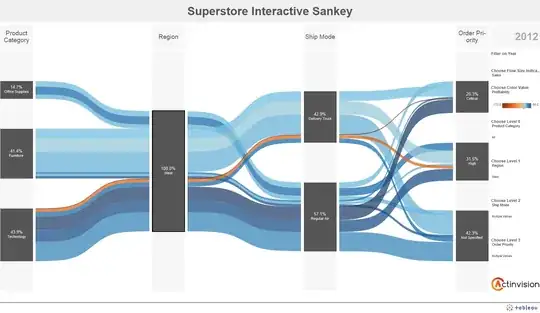In the sequence analysis literature and methodology, formally describing and analyzing interacting processes is approached through the concept of multi-channel sequence analysis.
The basic idea is that something can transition between states in multiple "channels", and that these (non-)transitions in different channels interact. For instance, to understand employment trajectories, it is likely that state-transitions in the channel of family formation (single - cohabiting - married), the channel of housing (parents - renting - buying) and the labor market channel (studying - unemployed - employed) are related.
To incorporate this into sequence analysis, the idea of clustering various pasterns of state-transitions within a single channel on the basis of optimal matching-distances is extended to the multivariate case. For details see cited papers below.
TraMineR supports multi-channel sequence analysis through e.g. the function seqdistmc() (docs).
Gauthier, J., Widmer, E. Bucher P. & Notredame, C. (2010). Multichannel Sequence Analysis Applied to Social Science Data. Sociological Methodology, Vol 40, Issue 1.
Pollock, Gary (2007). Holistic trajectories: a study of combined employment, housing and family careers by using multiple-sequence analysis. Journal of the Royal Statistical Society: Series A 170, Part 1, 167–183.
